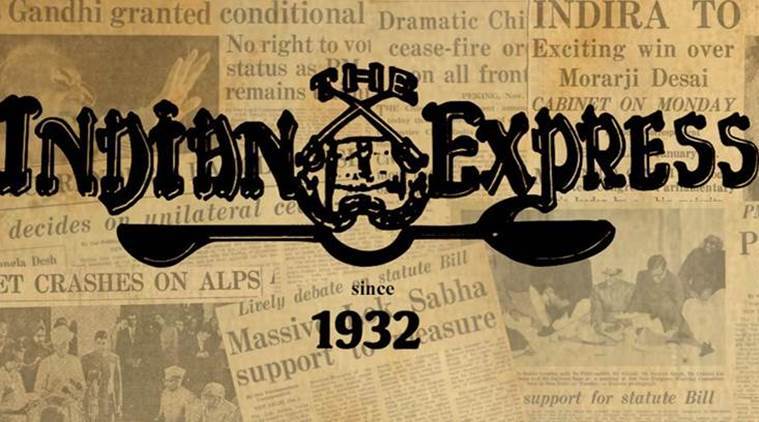 The leaderlessness of the new crowd, the absence of traditional political objectives, the politics of the death wish, have all been obvious.
The leaderlessness of the new crowd, the absence of traditional political objectives, the politics of the death wish, have all been obvious.
A series of studies by the Jammu and Kashmir Police mapping the new wave of militancy in the Valley has confirmed what has been anecdotally evident on the ground for two years — encounter-killings have led to more new recruits into militancy; the new militants are friends or relations of those eliminated in encounters; they belong to villages located in proximity to spots where massively attended funerals for killed militants are held. The leaderlessness of the new crowd, the absence of traditional political objectives, the politics of the death wish, have all been obvious. That the government stubbornly chose to ignore the signs since 2016 to pursue a policy that had nothing to offer in terms of resolution can only be attributed to the wrong reading and over-confidence that this was a “three district militancy” that would be easily crushed. Army Chief Bipin Rawat’s warning that the villagers who gathered at encounter sites in strength would be treated and dealt with as “terrorists” illustrated the core of this approach. It is just as well that its limitations have been realised, though it has taken two long years. The new official police studies should serve as a crucial input in crafting a fresh response to the crisis on the ground.
Already, hints of a new approach are in the air. The “cease-ops” in the Valley announced by the Centre for the month of Ramzan has held so far despite incidents on the ground, and all indications are that it could be extended to cover the period of the Amarnath Yatra. The India-Pakistan DGMOs’ agreement to maintain the 2003 ceasefire has also helped, though the killing of two BSF jawans and injuries to about 12 civilians in firing by Pakistan Rangers over the International Border in the Jammu region on Sunday shows how fragile and fraught the situation is.
It would be a grave travesty, not just a wasted opportunity, if the situation were to return to the bloodletting that had become a daily curse in the Valley. The government needs to engage with young people in the Valley, but, at the same time, it would be a mistake to think that more of so-called apolitical measures alone, such as employment or educational opportunities, or distribution of sports kits, will ease the situation. As recent months have underlined, the new militants belong to well-off families, are well educated, with some holding mainstream jobs. The alienation has its roots elsewhere, and this is what needs to be addressed. As with the Naga process that began in the mid-1990s, it needs a well thought out political engagement that can break through the dead ends in Kashmir, not just to create an interlude, but for change in the long term.